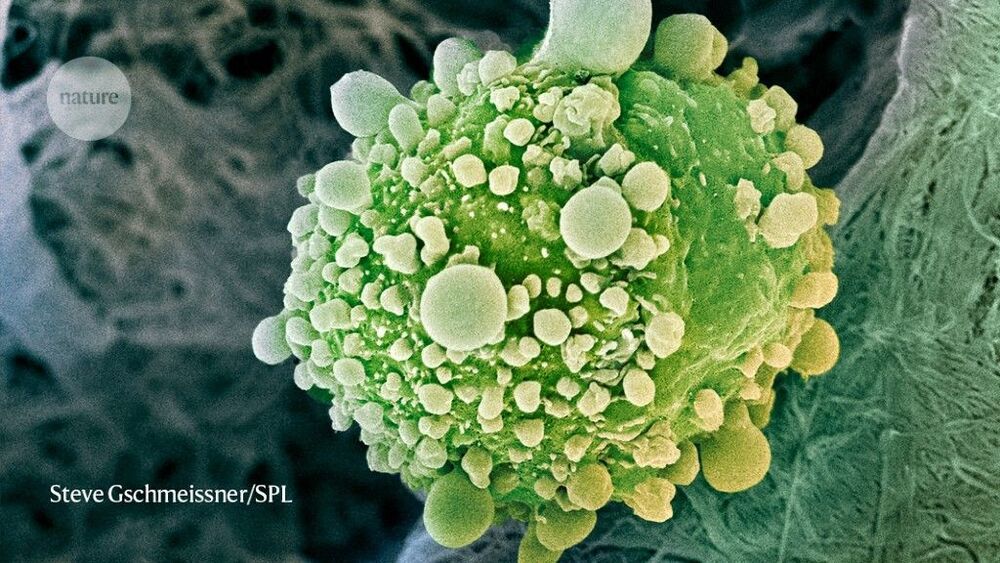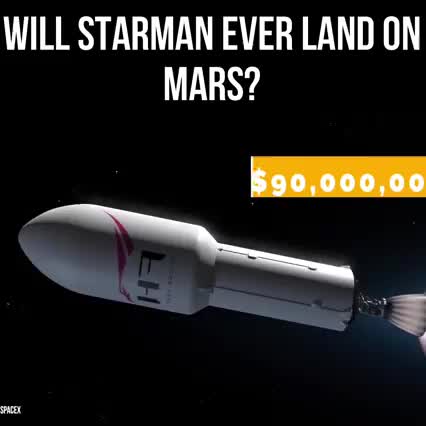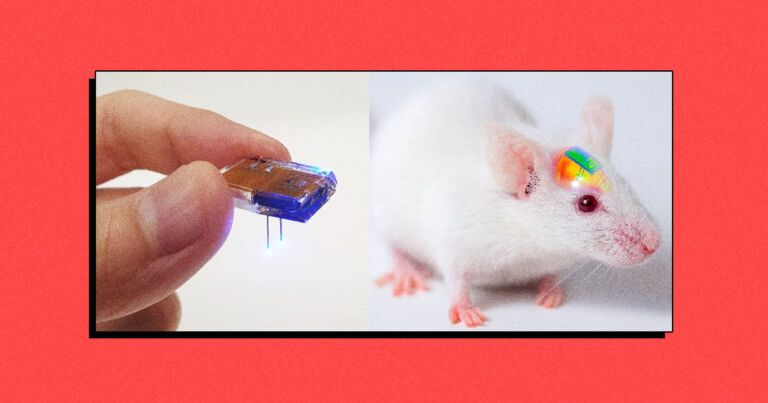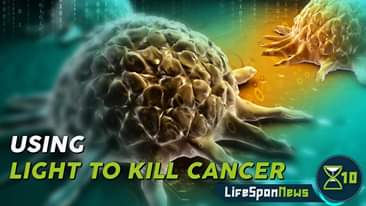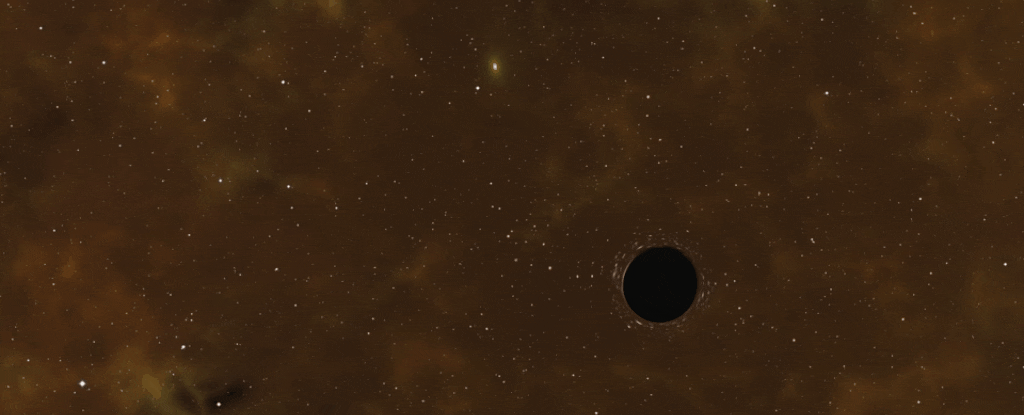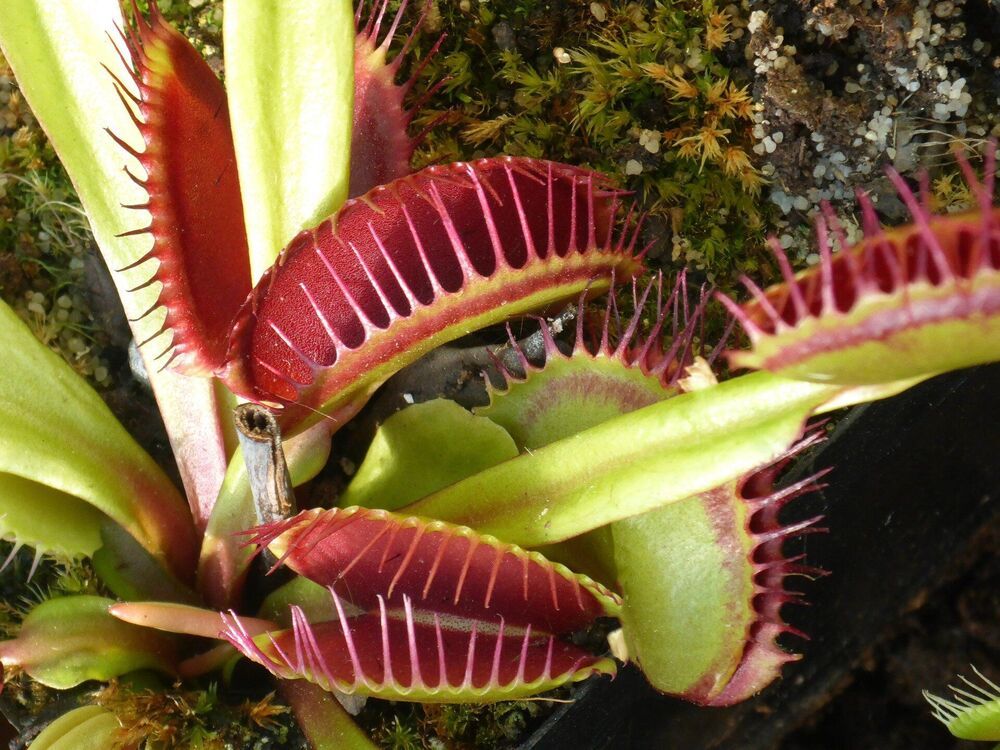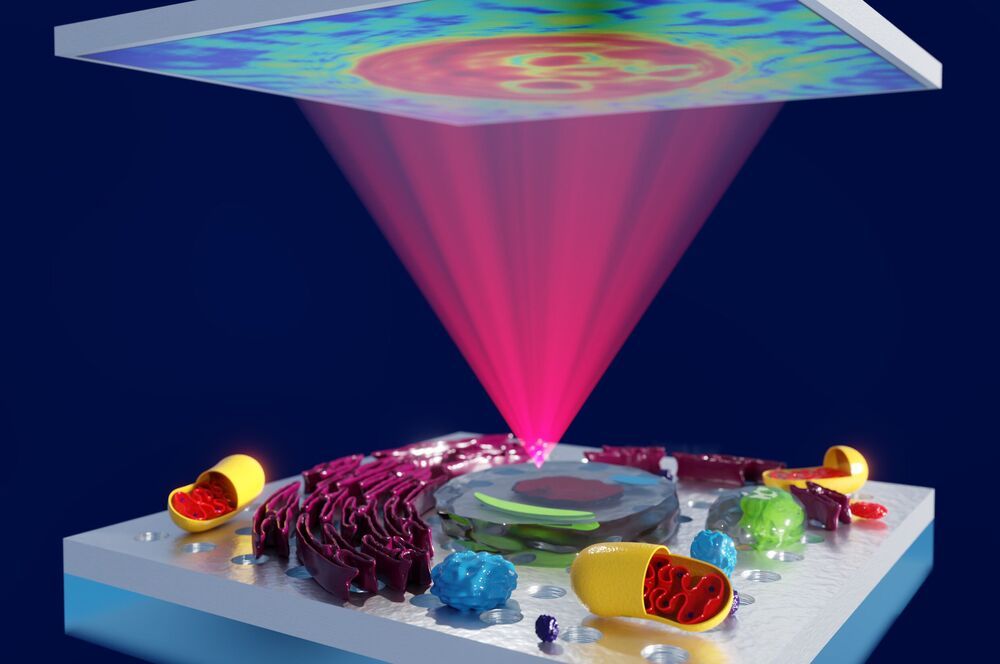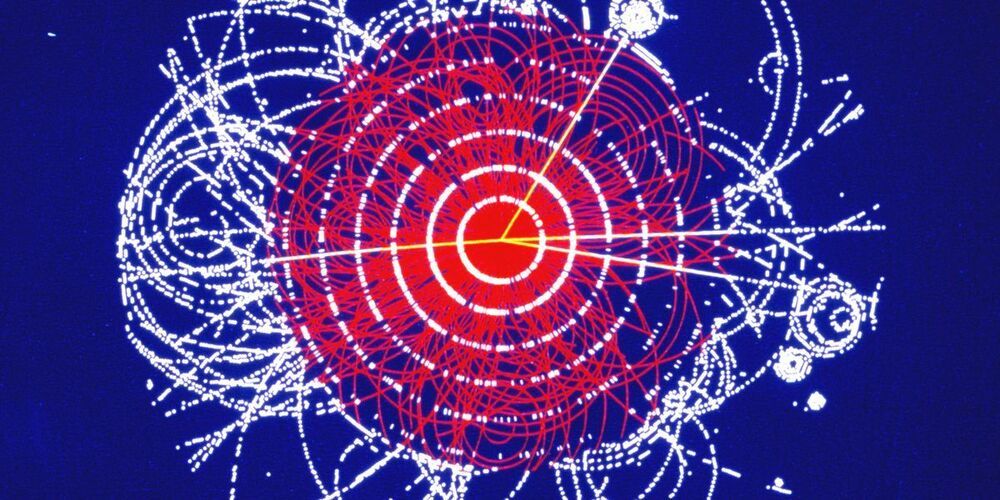Jan 26, 2021
Cancer research needs a better map
Posted by Derick Lee in categories: biotech/medical, robotics/AI
Our goal is audacious — some might even say naive. The aim is to evaluate every gene and drug perturbation in every possible type of cancer in laboratory experiments, and to make the data accessible to researchers and machine-learning experts worldwide. To put some ballpark numbers on this ambition, we think it will be necessary to perturb 20000 genes and assess the activity of 10000 drugs and drug candidates in 20000 cancer models, and measure changes in viability, morphology, gene expression and more. Technologies from CRISPR genome editing to informatics now make this possible, given enough resources and researchers to take on the task.
It is time to move beyond tumour sequencing data to identify vulnerabilities in cancers.
